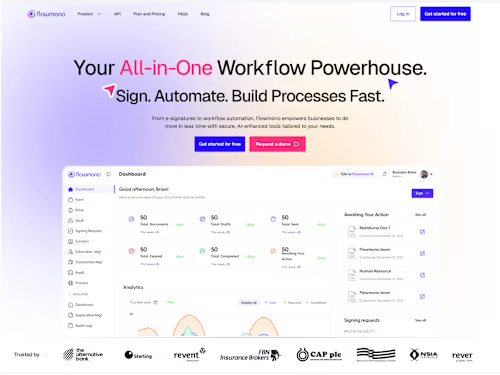
Web Project Manager, Brand Creative Lead, Content & Copy Writer.
Contact for pricing
About this service
Summary
FAQs
How long does it take to complete a website project?
The timeline depends on the complexity and scope of the project. A simple website can take 4-6 weeks, while more complex sites may take 8-12 weeks or more. I provide a detailed timeline at the start of each project to ensure transparency and clear milestones.
What does your website development process look like?
My process includes five key stages: discovery and strategy, content and design, development, testing, and launch. I start by understanding your goals and target audience, then collaborate with my team to create a site that’s visually appealing, functional, and user-friendly. Regular updates keep you involved every step of the way.
Can you help with ongoing website maintenance after launch?
Absolutely! I offer post-launch support and maintenance services to ensure your website stays up-to-date, secure, and optimized for performance. This can include regular updates, troubleshooting, analytics monitoring, and content management as needed.
What's included
End-to-End Website Development Milestones
1. Project Plan: A detailed roadmap outlining milestones, timelines, resources, and key deliverables for the entire project lifecycle. 2. Website Requirements Document: A comprehensive document specifying functional (e.g., site navigation, integrations) and non-functional (e.g., speed, scalability) requirements. 3. Wireframes & Prototypes: Low-fidelity (wireframes) and high-fidelity (prototypes) visual representations of the website's structure, layout, and user flow. 4. Content Strategy & Sitemap: A well-organized plan detailing the website’s content structure, including a sitemap that outlines all pages and their relationships. 5. Content Copy: Website copy, including landing page text, service descriptions, CTAs, and other UX content optimized for SEO and conversion. 6. . UI/UX Designs: Fully designed pages showcasing visual elements, branding, typography, and design aesthetics based on wireframes. 7. Clickable Prototype: An interactive prototype to test the design and user experience before development. 8. QA & Testing Reports: Documentation of issues, testing outcomes, and recommendations from usability, functionality, cross-browser, and device testing. 9. Staging Environment: A staging version of the website is hosted for internal review and pre-launch feedback. 10. Launch Checklist: A final checklist ensuring all elements (content, functionality, SEO, analytics) are verified before going live. 11. Live Website: A fully functional and tested website deployed to the production server. 12. Post-Launch Plan: A strategy for ongoing maintenance, monitoring, and updates post-launch to ensure sustained performance and improvement.
Skills and tools
Industries





